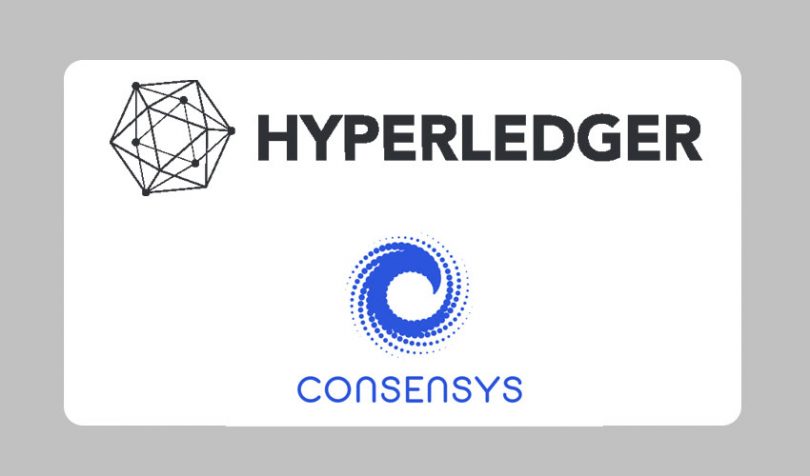Today, ConsenSys became a premier member of open-source blockchain community Hyperledger. The leading organizations have joined forces for interoperability and the development of standards in the enterprise blockchain sector. As an Ethereum focused developer, ConsenSys joining Hyperledger is the latest collaboration between the leading blockchain alliances.
The news comes a couple of weeks after Hyperledger
announced that Pantheon, an Ethereum client by ConsenSys startup PegaSys, is now the Hyperledger Besu project. Besu looks to be a prime competitor of JP Morgan’s Quorum, which is also an Ethereum-based enterprise platform.
At the time, PegaSys praised Hyperledger’s attitude to open-source and collaboration across platforms. Indeed, submitting Besu to the consortium may have helped open the door to premier membership for ConsenSys.
Article continues …
Want the full story? Pro subscribers get complete articles, exclusive industry analysis, and early access to legislative updates that keep you ahead of the competition. Join the professionals who are choosing deeper insights over surface level news.







